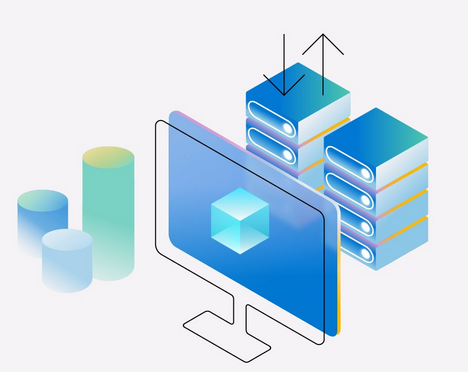The name for the storage account is unique across Azure. Each object stored in the storage account is represented using a unique URL. During the creation of the storage account, you need to pass the name of the storage account to the Azure Resource Manager. Using this storage account name, endpoints are created.
Accessing Storage
As you know, there are different services offered by Azure Storage, namely, blobs, tables, files, and queues. The URL for each service is generated based on the storage account name and the service you want to access. For example, if the name of your storage account is systemstorage04, then the default endpoints will be as follows:
Blobs https://systemstorage04.blob.core.windows.net
Tables https://systemstorage04.table.core.windows.net
Files https://systemstorage04.file.core.windows.net
Queues https://systemstorage04.queue.core.windows.net
To access each object in a storage account, the path to the object is appended to the URL of the service. For instance, if you are using the blob service to store an image named image.jpg inside the container images, then the URL will be
https://systemstorage04.queue.core.windows.net/images/image.jpg
Accessing the service using the default domain may be hectic, and customers would like to use their own custom domains to represent their storage space. Let’s see how you can map custom domains to our storage account for the ease of access.
Custom Domain Configuration
Custom domains can be configured on Azure Storage account. As mentioned earlier, the default endpoint for blob storage is <storage-account-name>.blob.core.windows.net. You could map this endpoint to your custom domain like storage.azuretales.com. Whenever you need to connect to the blob endpoint, you can directly use the custom domain instead of using the default endpoint. There are two ways by which you can map our custom domain.
Direct CNAME Mapping In direct CNAME mapping you will be creating a record in our custom domain that will point to the endpoint of the storage service. Table 6.3 shows how the mapping is done. This process will cause a minor downtime as the domain is getting updated.
TABLE 6.3 Direct CNAME Mapping
| CNAME Record | Target |
| blobs.azuretales.com | <storage-account-name>. blob.core.windows.net |
Intermediary Mapping with asverify A minor downtime will be there when you update a domain that is already in use with Azure. You eliminate this downtime by using the asverify subdomain. Table 6.4 shows how the asverify intermediary mapping is done.
TABLE 6.4 Intermediary Mapping with asverify
| CNAME Record | Target |
| asverify.blobs.azuretales.com | asverify.<storage-account-name>. blob.core.windows.net |
| blobs.azuretales.com | <storage-account-name>. blob.core.windows.net |



